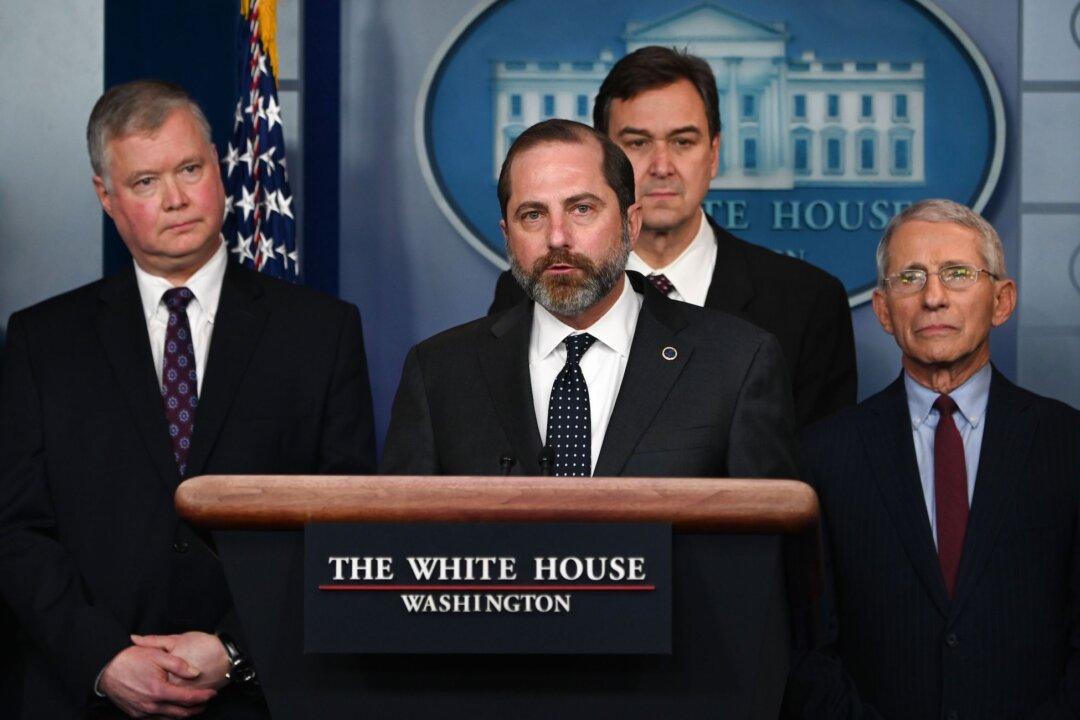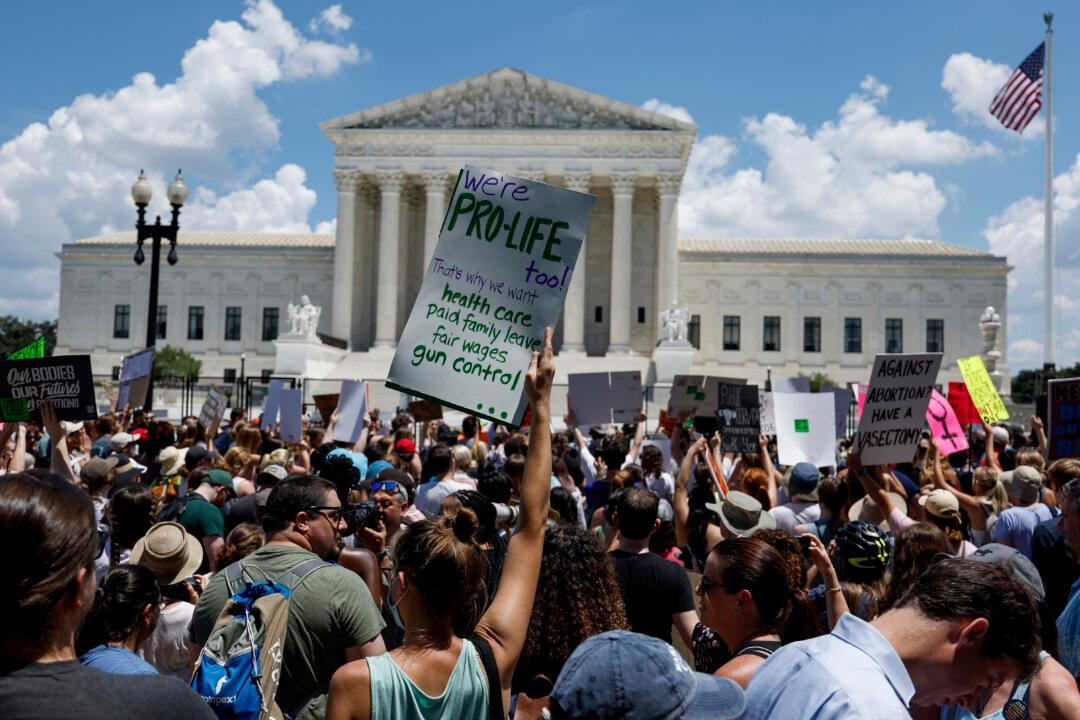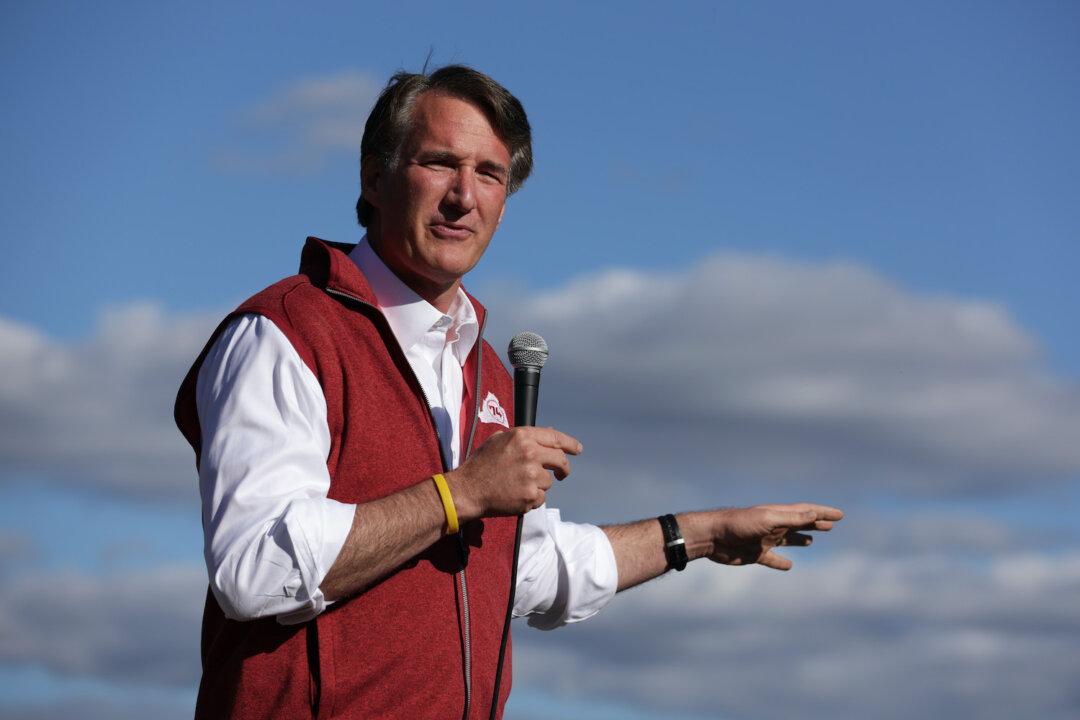Since the beginning of 2020, the coronavirus has spread to 38 countries and is showing no signs of slowing down. For this reason, Congress has been prompted to act to get as much information about the United States’ ability to respond to a potential spread of the virus on its soil.
Due to the rapidly evolving epidemic, it is essential the United States’ response remains well-coordinated and flexible. Health and Human Services Secretary Alex Azar declared a public health emergency, prompting other U.S. agencies to respond.





